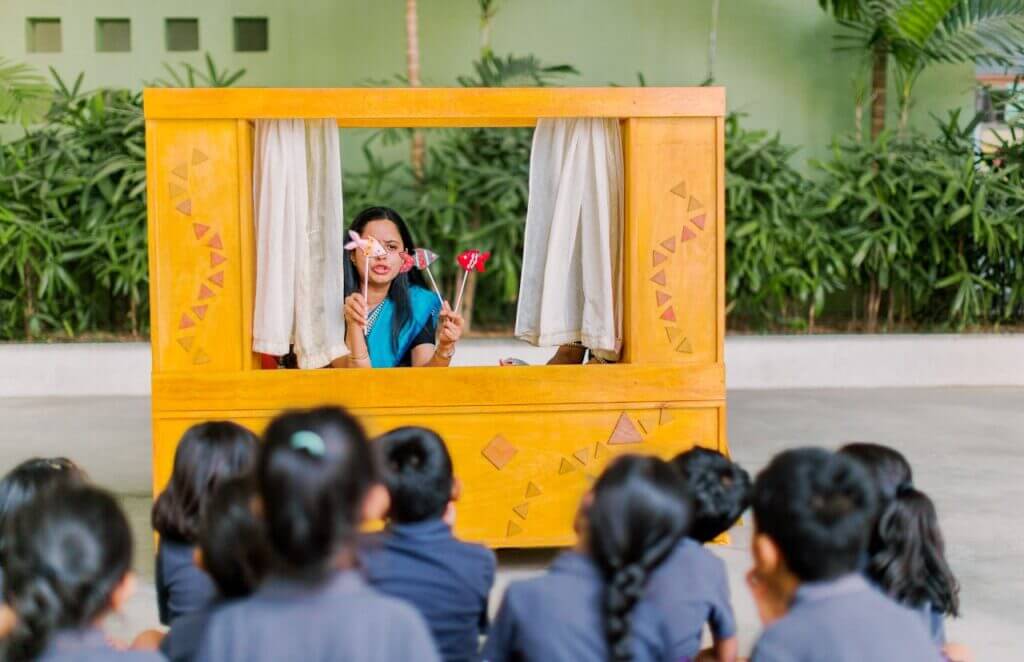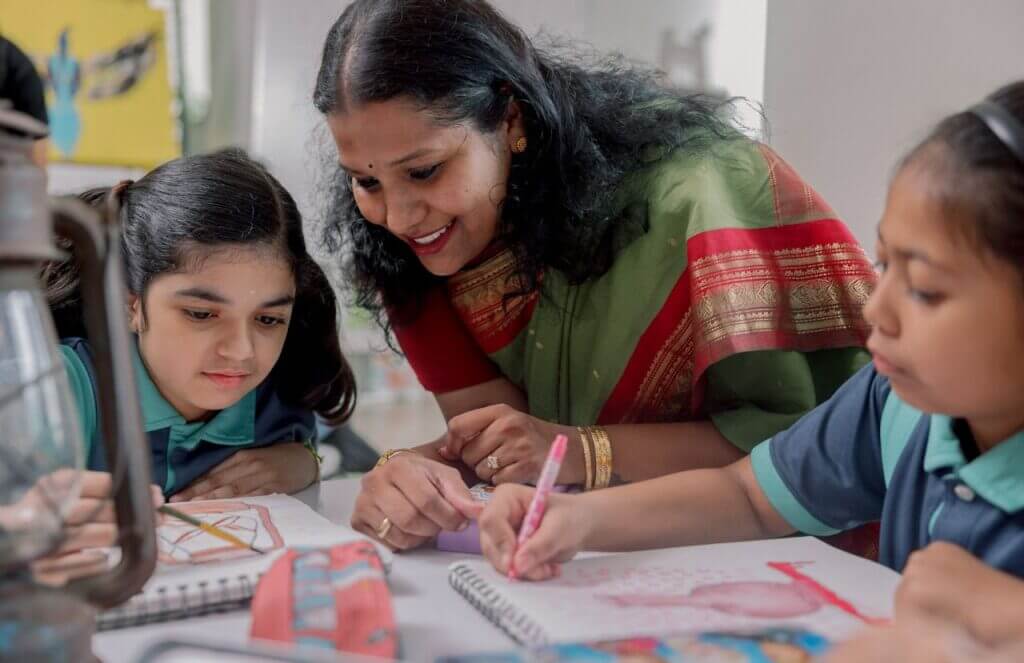Power of Creativity
In the dynamic landscape of education, where each student is a unique learner, the power of creativity in teaching cannot be overstated. Innovative and creative approaches not only make the learning experience more engaging but also cater to the diverse needs of students. It also makes teaching fun and exciting and improves student engagement.
In this article, we will look at various innovative approaches teachers can adopt in their classrooms:
✴️Flipped Classroom Model: In a flipped classroom, traditional teaching is reversed. Students learn new content at home through videos or online resources, and class time is dedicated to hands-on activities, discussions, and problem-solving with the guidance of the teacher. This approach promotes active engagement and allows for more personalized interaction during class
✴️Project-Based Learning (PBL): PBL involves students working on extended, real-world projects that address complex problems. This approach fosters collaboration, critical thinking, and problem-solving skills, as students apply theoretical knowledge to practical scenarios.
✴️Gamification: Introducing game elements into the learning process can make education more enjoyable and motivating. Educational games, quizzes, and simulations can be used to reinforce concepts, test understanding, and create a competitive yet supportive learning environment.
✴️Virtual and Augmented Reality (VR/AR): Immersive technologies like VR and AR bring abstract concepts to life. Virtual field trips, 3D simulations, and interactive experiences can enhance understanding and make learning more engaging, especially in subjects like history, science, and geography.
✴️Interactive Multimedia Presentations: Instead of traditional lectures, teachers can create interactive multimedia presentations incorporating videos, animations, and interactive quizzes. This multimedia-rich approach caters to different learning styles and keeps students actively involved in the learning process.
✴️Student-Created Content: Encourage students to become content creators. They can make videos, podcasts, or presentations to explain concepts to their peers. This not only reinforces their understanding but also promotes a sense of ownership and responsibility for their learning.
✴️Mystery Skype: This activity involves connecting with another classroom in a different location through video conferencing. Students ask questions to figure out the location of the other class, promoting geography skills, communication, and global awareness.
✴️Escape Room Challenges: Create classroom “escape rooms” where students solve a series of puzzles or challenges related to the subject matter. This not only reinforces content but also encourages teamwork and critical thinking.
✴️Role-Playing and Simulations: Engage students through role-playing activities or simulations that simulate real-world scenarios. This approach allows students to apply theoretical knowledge in a practical context, promoting deeper understanding.
✴️Art Integration: Incorporate arts into various subjects to encourage creativity. For example, students can create visual representations, write songs, or perform skits related to the topics they are studying, fostering a multidimensional understanding of the subject matter.


These examples showcase the diverse ways in which teachers can be creative and make learning a dynamic, interactive, and enriching experience for all students.
These approaches also enhance collaboration between students, as they are encouraged to think critically, problem-solve together, and express their unique perspectives. Collaborative projects and group activities create a cooperative learning environment, promoting teamwork and communication skills. This not only accelerates learning but also nurtures a sense of community within the classroom.
